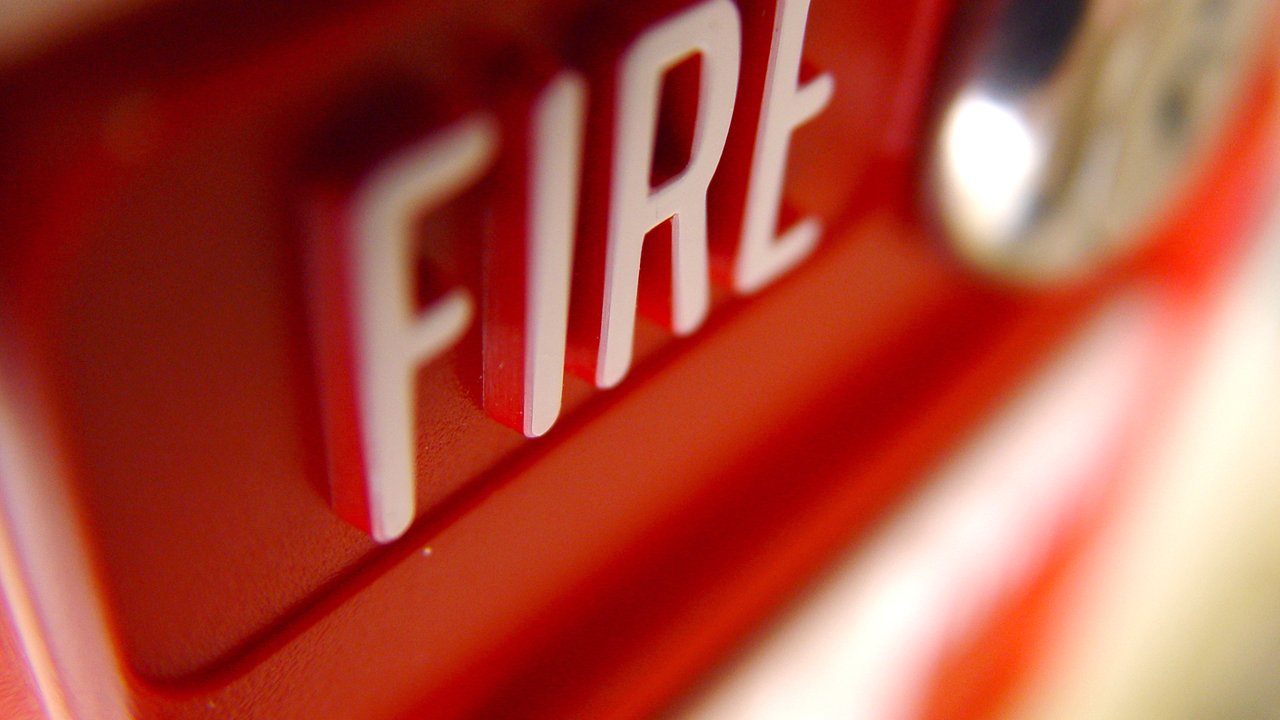
The importance of electrical inspections in reducing fire risks
A guide to loss prevention
properties.trackTitle
properties.trackSubtitle
Each year, there are more than 15,000 commercial building fires across England, Scotland and Wales, injuring more than 1,000 people*.
With electrical distribution being the main source of ignition in commercial fires*, there is an ever-increasing risk of property damage and personal injury.
The UK’s electrical infrastructure is aging. Commercial building electrical loads have increased, in some cases beyond the capacity of building transformers and electrical distribution systems.
In addition, business downsizings and restructurings can also result in the reduction or elimination of maintenance personnel, with key maintenance tasks falling by the wayside.
With only three common elements needed for a fire to initiate - oxygen, fuel and heat - electricity can play a pivotal role in the combustion process by providing the heat source; via short circuits, leakage current and overloaded circuits, to name a few. Third party inspections play an essential role in reducing fire risks to electrical systems.
Does the law require periodic inspection of electrical systems?

How often should the installation be inspected?
The frequency of period inspection is dependent on the type and use of the installation, the quality and frequency of maintenance and any external influences which the installation may be subject to. BS7671 provides guidance that the maximum period between inspection and testing is three to five years for most installations, but this could be more or less frequent depending on the installation.
A 'Competent Person', as specified under BS7671, should recommend the frequency on conclusion of their first inspection.
UK
The UK Health & Safety Executive defines a 'Competent Person' as "someone who has the necessary skills, experience and knowledge to manage health and safety".
Depending on the particular legislation, the Competent Person can be either an individual or the body which employs the individual to provide inspection services.
Ireland
How can I be assured my electrical inspection provider is competent?
What should a periodic inspection include?
The installation is defined as the electrical system between the incoming supply point(s) and the final circuits. It may not include fixed appliances and associated supply cables or portable appliances, although these services may also be available.
A visual inspection of the complete installation should be carried out to verify if there has been any damage caused to the installation, and that the system equipment and cables have been correctly selected and adequately erected.
The inspection should also include the following testing:
- Functional testing and security of switchgear operations.
- Protective conductor continuity tests to measure the earth continuity between the earth terminal of switchgear and distribution boards to accessible exposed conductive parts of the installation (such as conduit).
- Bonding conductor and supplementary bonding conductor continuity tests to verify the quality of earth continuity to metallic parts which are not part of the electrical system (such as water pipes).
- Insulation resistance tests to measure any deterioration of the cable insulation between live conductors and earth.
- Polarity of live conductors tested at the origin, distribution boards and at final circuits, including socket outlets and 10% sampling of light switches. Equipment connected to (or plugged into) a reversed polarity supply can become damaged, particularly electronic equipment.
- Earth fault loop impedance testing at the origin, distribution boards and final circuits, including socket outlets, to verify the resistance of the line conductor to the earth conductor. This ensures that the current created under fault conditions will safely operate the protective device.
- Prospective short-circuit current measurement at the origin and distribution boards to verify that the highest current which can exist in the system under sampling of light switches. conditions is not excessive.
- RCD testing to confirm that RCDs trip within the recommended times and do not provide nuisance tripping. A functional test should also be conducted.
- Phase rotation tests at the origin and distribution boards to verify the consistency of rotation throughout the installation.
- Earth electrode resistance measured where applicable.
- Ring circuit continuity may not be included where previous test records are available.
